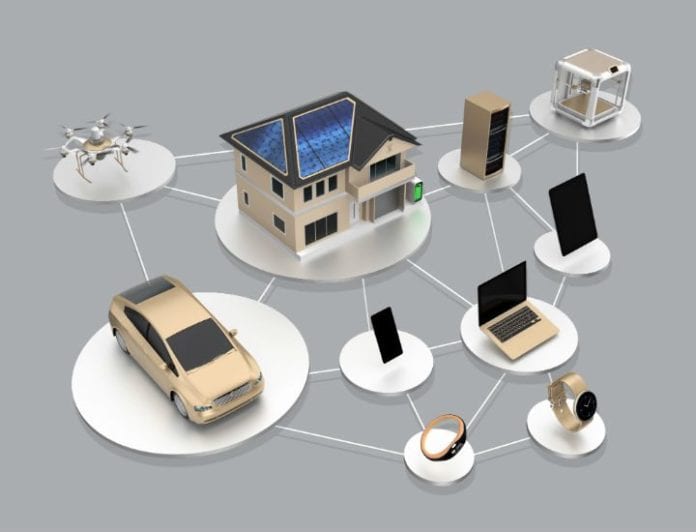The growing IoT ecosystem will see advances in machine learning, greater collaboration, new analytics and increased security emerge.
Editor’s Note: With 2017 now upon us, RCR Wireless News has gathered predictions from across the mobile telecommunications space on what they expect to see in the new year.
The internet of things market is shifting, now at an increasing pace. We are moving from a world focused on IoT-enabled products to a world filled with IoT-enabled enterprises, cities, households and individual lives. It is less about a single smart connected product – or even two or three that work together – and more about an IoT-enabled environment where a multitude of IoT systems operate holistically and the underlying data is leveraged across a broad range of constituents. As this occurs the value of the IoT data becomes the key enabling ingredient, and some of the trends we are seeing now certainly seem to re-enforce this notion. Here are five in particular.
Machine learning is becoming the holy grail
Predictive analytics used to be considered the holy grail of IoT. But as IoT grows in scope, the interrelationships become more prevalent and the underlying digital signatures grow richer, machine learning will allow migration from prescriptive systems to truly adaptive systems in 2017. The key ingredient here is the growing amount of machine data coming from not one, but multiple sources where the correlation creates the increased machine learning opportunity. Over time the new holy grail will really be adaptive IoT systems.
New analytics methodologies will emerge
With the increase in IoT activity we’re going to see a data deluge like never before. Not only will enterprises be strapped to store this data, but gleaning insight from it will also be a challenge. In 2017, we will be seeing new methods of data analytics emerge to help extract valuable information from extremely large data sets.
Approximation, for example, will become a popular form of analytics for use cases where data queries do not require an exact answer. A casual observer might discount this with the feeling that exact answers are required in most cases. They are not. Profiling, forecasting, behavioral modeling and many more use cases seldom if ever require an exact answer. Most users come to expect exact answers because the technology in place was never designed to provide anything but that. As the cost and resource requirements at increasing data volumes make these exact answers less practical, the market will begin to look for accommodations for gaining insight. These types of methodologies will demand less time and resources, and lead to faster and more informed business decisions.
Collaboration will increase everywhere
Collaboration will take on different forms as more entities, both private and public, explore and implement IoT projects. As IoT becomes more mainstream, simply having IoT initiatives doesn’t make you a “leader.” Smart cities will be collaborating with each other to implement lessons learned in one instance to upcoming works. We will also see a rise in cooperation between cities and private, for-profit companies working together to benefit all those involved including citizens. Again, as we move from a number of distinct IoT-enabled products to organizations with an IoT ecosystem, collaboration will be key.
Increased emphasis on IoT policy in the U.S.
As the amount and importance of IoT data grows, so too does its vulnerability. It has become clear that the attack vectors are increasing dramatically with IoT. While policy is meant to protect society, in light of the rapid advancements of things like autonomous cars and smart city infrastructures, the basic privacy considerations around these massive deployments will become critical.
Identifying and addressing challenges within IoT organizational structures
As IoT implementations clearly cross boundaries between organizational leaders in technology leaders in operational areas, we are now asking ourselves who owns this responsibility? For example, who owns the beacon system implementation at a retail store chain – is it the head of retail operations, the CIO or someone else? In the next year, we will see more companies clearly define which departments and employees will be responsible for IoT operations and the chief IoT officer role will become more popular. Elsewhere, Europe in particular, this is already moving towards mainstream.
Changes will abound. Advanced technologies from augmented reality, drones, 3-D printing, blockchain and much more will play into this evolving ecosystem in creative and impressive ways. The combination of these and other technologies create rapid innovation across a wide range of use cases. In doing so, the underlying data, and the opportunity resulting from that data, opens the door to a different, more advanced world.

